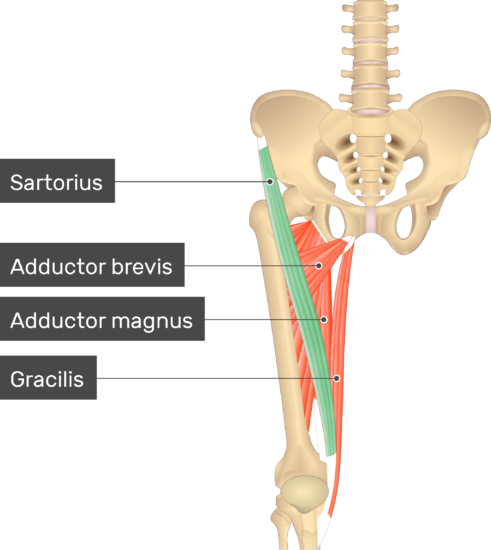The sartorius muscle is a thin, long, superficial muscle in the anterior compartment of the thigh. It runs down the length of the thigh, runs over 2 joints—hip and knee joints and is the longest muscle in the human body. muscle has a twisted position in the body.
 Sartorius passes behind the medial condyle of the femur to end in a tendon. The tendon sartorius, after taking an anterior curve joins with the tendon of the Gracilis and Semitendinosus in the pes anserinus before its final insertion.
Sartorius passes behind the medial condyle of the femur to end in a tendon. The tendon sartorius, after taking an anterior curve joins with the tendon of the Gracilis and Semitendinosus in the pes anserinus before its final insertion.

Origin of Sartorius :
- Satorius originates anterior superior iliac spine.
- Insertion: Satorius is inserted on the medial aspect of the proximal tibia.
Actions of Sartorius:
- Sartorius flexes, abducts & laterally rotates the thigh.
- Sartorius also flexes knee (weak flexor).

